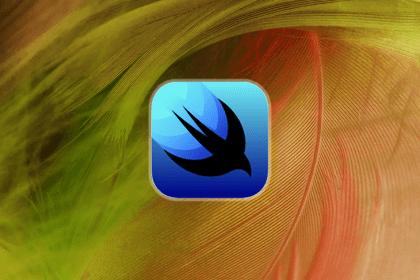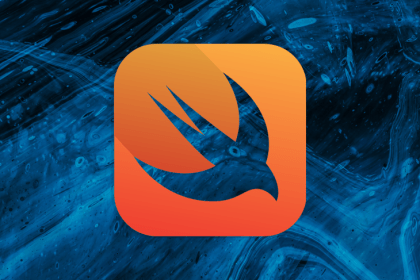
Learn about Swift’s defer statement and syntax, and examine several real-world use cases that you can use in practice.

In this article, we compare the pros and cons of creating UI for iOS with Storyboard vs. programmatically. We also discuss which method is preferable for certain circumstances.

SwiftUI can be used to build charts for iOS apps faster as it requires less code. In this article, we use SwiftUI to create and style bar charts and line charts modeled after those from Apple’s Health app.

iOS supports accessibility with several inbuilt features such as VoiceOver, Reduce motion, and more. Learn how to use these in your apps.

Learn how you can apply your mobile app development to 2D mobile gaming and meet user expectations for haptics, randomness, and more.

Learn how to use Realm as the data persistence engine with SwiftUI to manage your data in iOS apps more simply in this in-depth tutorial.

Explore key features and fundamental concepts in SwiftUI by following this tutorial on building a demo Swift app for iOS.

Learn how to add a database feature to any Swift application with Firestore through a simple to-do application tutorial.

Learn how to create frameworks in Swift through Xcode to make your code modularized and reusable.

Learn how to detect and resolve errors in a simple bookstore application built using Swift, Apple’s general-purpose programming language.

Using the async and await keywords in Swift greatly simplifies how we write concurrent code in iOS applications.

Let’s compare Flutter, an open-source toolkit for building UIs, and Swift, the primary language for building apps across iOS and macOS.